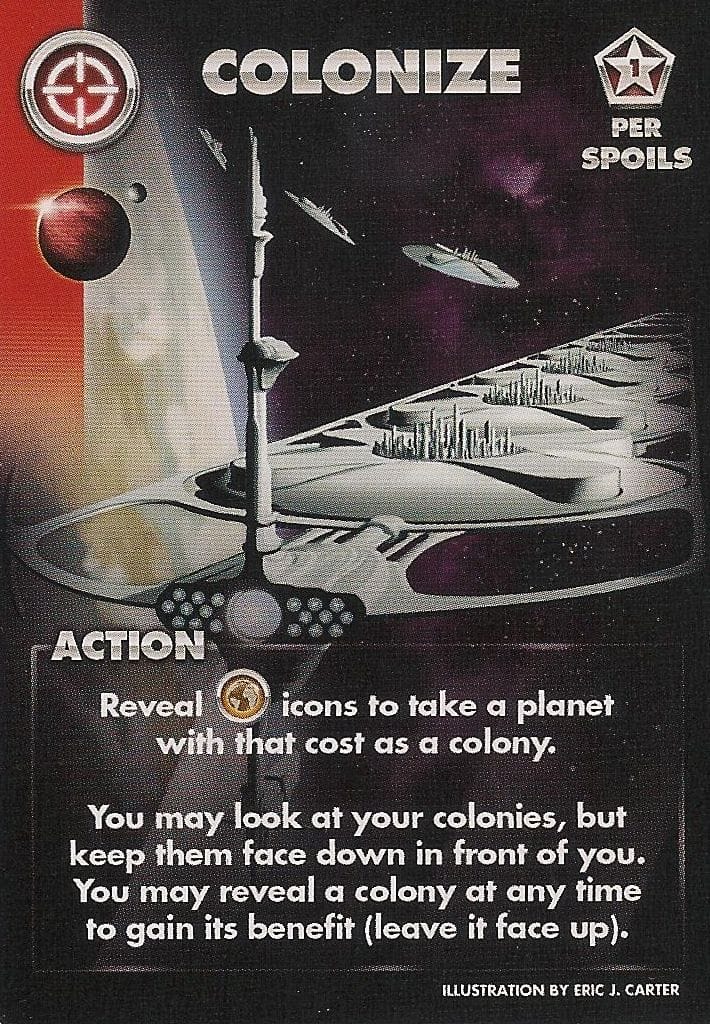

It’s also been expanded and even a spin-off of its own, Microcosm (2014). It’s a little further afield than the other San Juan-based role civilization games, but it’s an interesting example of how game mechanics evolve and meld.

Still, it’s done very well for itself, and even reinvented the field one more time with Roll for the Galaxy (2014).įinally, Eminent Domain (2011) closes out the major entrants to the role civilization field to date as “the deckbuilding San Juan“. It’s “the tough-icons San Juan” - and it was actually produced in parallel with San Juan, as I’ll talk about in the next article. It was beautifully produced and highly successful it felt like it was on the verge of taking over the gaming field before it ran smack dab into Dominion (2008). However Race for the Galaxy (2007) by Thomas Lehmann was the game that really showed the possibilities of the role civilization gaming style. Not only did he redevelop Glory to Rome as Uchronia (2012) and Mottainai (2015), but he also made other interesting uses of multipurpose cards in games like Innovation (2010), Impulse (2013), and Red7 (2014). More notably, Chudyk seemed totally won over by the role civilization mechanic of multipurpose cards. Though Glory to Rome wasn’t supplemented either, it enjoyed a couple of editions (2007, 2012). It was “the super-complex San Juan“, which took the original games mechanics and cranked them up to 11, while also introducing a new “role following” mechanic. That began with Glory to Rome (2005) by Ed Carter and Carl Chudyk. The best San Juan ever managed was a few mini-supplements in Treasure Chest (2009), one of which reappeared in the second edition San Juan (2014).ĭespite that, a few related games trickled out. Unfortunately, San Juan was held back by the fact that Alea games tend to be somewhat underproduced and until very recently didn’t get supplements. Not only did it make the very popular mechanics of Puerto Rico (2002) more accessible, but it also introduced a new style of dense filler that played quickly in a short period of time while still allowing for real strategic decisions. This week I’m going to continue my look at the genre by seeing how it’s evolved since the advent of San Juan and by investigating two Imperial successors to the game.Ī History of Role Civilization: 2004-PresentĪndreas Seyfarth’s San Juan (2004) could have dramatically changed the board gaming field. My initial article defined the genre through four mechanics that all debuted in San Juan: phase (role) selection card building multipurpose cards and card economies. These are “role selection” card games that were inspired by San Juan. one File Available One File Available Eminent Domain: Microcosm Rulebook : EnglishĬontents of the box : 34 Cards, 1 Rule Booklet.A few weeks ago I kicked off an investigation of a small genre of games that I call “role civilization” games. 3,838 people helped funded the game, whose the amount requested was $5,000.00. You can also reveal cards with the same symbol as the played card to increase its effect.Ĭolonize and attack planets, search, take advantage of politics: play your cards as best you can and become the ultimate leader of this microcosm! Eminent Domain: Microcosme funded on the Kickstarter platformĮminent Domain: Microcosme was funded on the Crowdfunding Kickstarter ( See the campaign) platform on the Oct 18, 2014, the campaign lasted 10 days. The cards played yield points that you can maximize by building favourable conditions. Each turn, pick and play a card applying its effect, or recover from the discard to fill your hand. Build a space empire in 15 to 20 minutes.

Two powerful empires are about to collide.


 0 kommentar(er)
0 kommentar(er)
